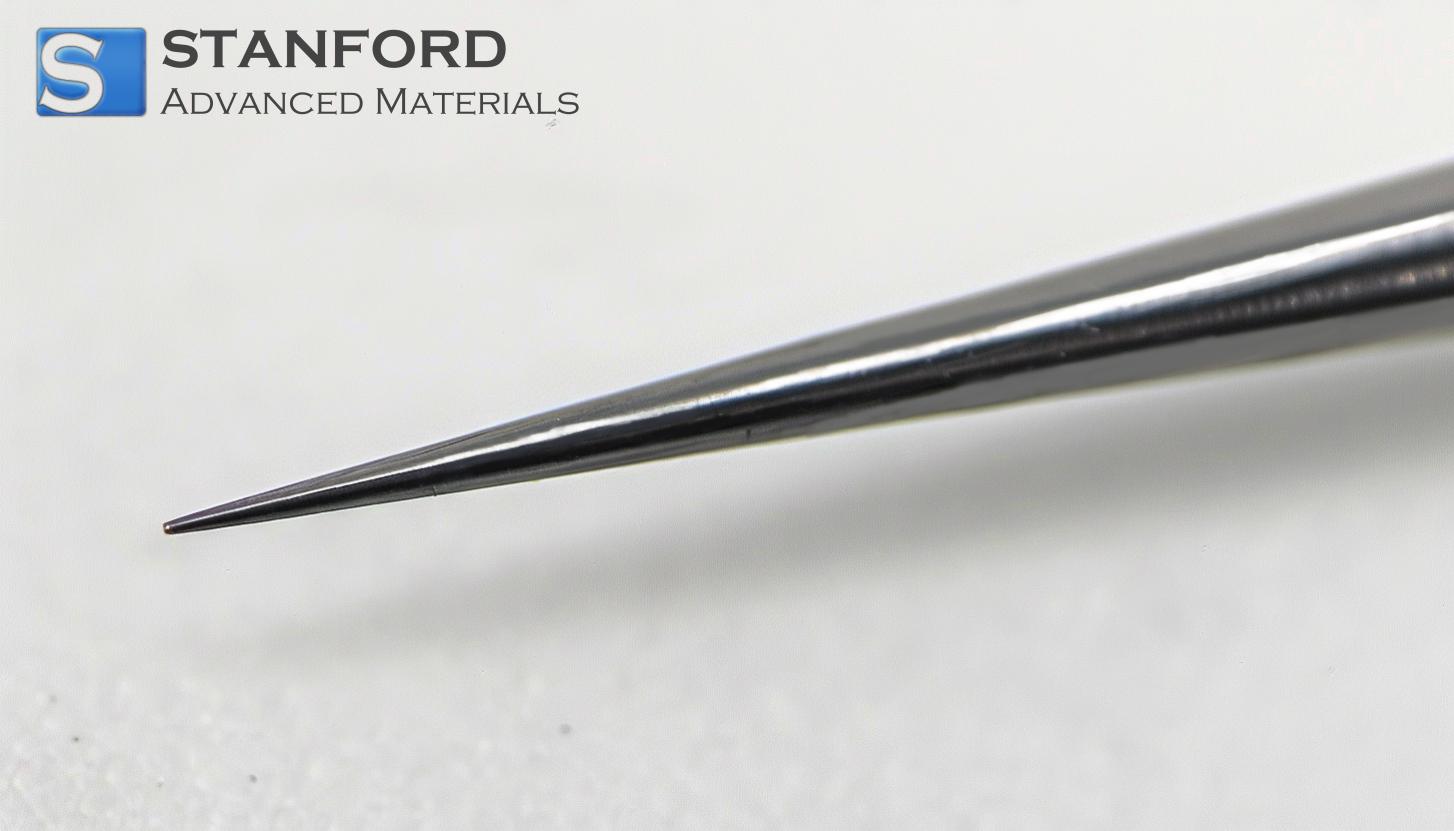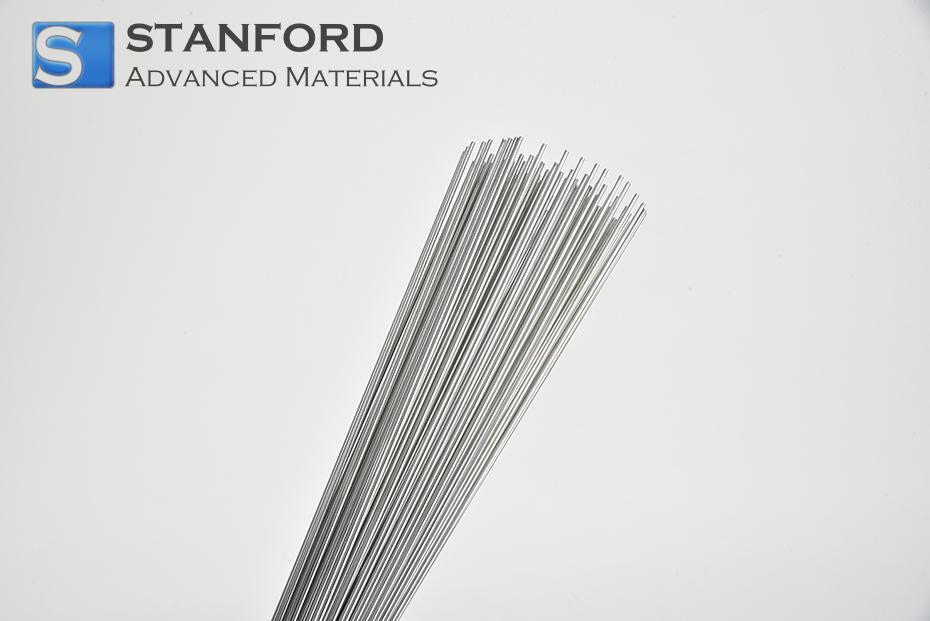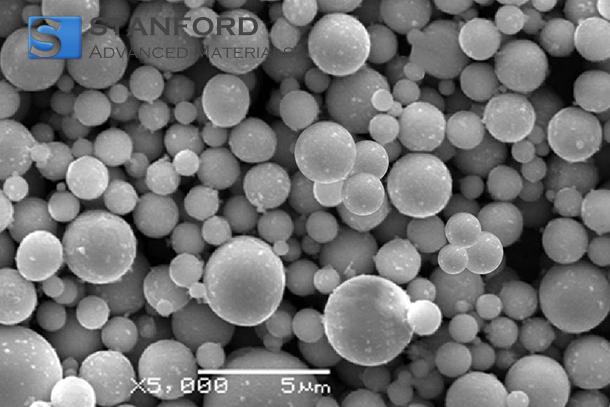Magnetoresistance: Measurement, Types, And Applications
Introduction
Magnetoresistance is defined as the change in the electrical resistance of a material when an external magnetic field is applied. This property is important for various technological applications, for example, magnetic sensors, data storage devices and automotive systems.
Types of Magnetoresistance
Ordinary Magnetoresistance
Ordinary magnetoresistance occurs in non-magnetic materials and usually varies linearly with the applied magnetic field. It is caused by the classical motion of charge carriers in the presence of a magnetic field.
Giant Magnetoresistance (GMR)
Giant magnetoresistance is observed in multilayer structures that consist of alternating ferromagnetic and non-magnetic conductive layers. GMR has allowed the development of hard disk drives with high storage capacity, thereby reducing the size of read/write heads and increasing storage density.
Colossal Magnetoresistance (CMR)
Colossal magnetoresistance is characterised by an exceptionally large change in resistance under a magnetic field, which is often observed in manganese oxides. CMR materials are of interest for future electronic and spintronic devices.
Bismuth and its Magnetoresistive Properties
Bismuth is a semimetal known for its high magnetoresistance. Its unique electronic structure and low charge carrier density make it a suitable candidate for investigating magnetoresistive phenomena and for developing sensitive magnetic field detectors.
|
Type |
Description |
Applications |
|
Ordinary Magnetoresistance |
Change in resistance in non-magnetic materials |
|
|
Giant Magnetoresistance (GMR) |
Large change in resistance in multilayer structures |
Hard disk drives |
|
Colossal Magnetoresistance (CMR) |
Extremely large change in resistance in certain oxides |
Spintronic devices |
|
Bismuth-based Magnetoresistance |
Significant change in resistance in bismuth |
Magnetic field detectors |
Measuring Magnetoresistance
Experimental Setup
In measuring magnetoresistance, a magnetic field is applied to a material and the resulting change in electrical resistance is measured. This process typically requires a stable magnetic field source, such as a superconducting magnet, and precise electrical measurement instruments, for example, a four-point probe.
Measurement Techniques
- Longitudinal Magnetoresistance: Measures the resistance along the direction of the applied magnetic field.
- Transverse Magnetoresistance: Measures the resistance perpendicular to the magnetic field and provides information regarding the Hall effect of the material.
- Angular-Dependent Magnetoresistance: Varies the angle between the current and the magnetic field to investigate anisotropic properties.
Data Analysis
The change in resistance is frequently plotted against the magnetic field strength to analyse the magnetoresistive behaviour of the material. Key parameters, such as the magnetoresistance ratio and the saturation field, are extracted to characterise the performance of the material.
|
Technique |
Description |
Advantages |
|
Longitudinal Magnetoresistance |
Measures the resistance along the direction of the magnetic field |
Simple setup, direct measurement |
|
Transverse Magnetoresistance |
Measures the resistance perpendicular to the field |
Provides insights into the Hall effect |
|
Angular-Dependent Magnetoresistance |
Varies the angle between the current and the magnetic field |
Investigates anisotropic properties |
Further information can be found at Stanford Advanced Materials (SAM).
Applications of Magnetoresistance
Data Storage
GMR and CMR are used in the development of hard disk drives that offer high storage capacities. Smaller and more efficient read/write heads contribute to increased storage density.
Magnetic Sensors
Magnetoresistive sensors are utilised in various applications, for example in automotive systems to monitor wheel speed, as position sensors in robotics, and as read heads in magnetic storage devices.
Spintronics
Magnetoresistance is employed in spintronic devices. In these devices, the spin of electrons is used alongside their charge for information processing, thereby yielding faster and more efficient electronic systems.
Frequently Asked Questions
What is magnetoresistance used for? Magnetoresistance is used in data storage devices, magnetic sensors and spintronic applications.
How does giant magnetoresistance differ from ordinary magnetoresistance? Giant magnetoresistance involves a substantially larger change in resistance due to multilayer structures, whereas ordinary magnetoresistance occurs in single non-magnetic materials with smaller resistance changes.
Why is bismuth significant for magnetoresistance studies? Bismuth has a unique electronic structure with a low charge carrier density. This results in pronounced magnetoresistive effects that are valuable for both research and applications.
Which devices are required to measure magnetoresistance? A stable magnetic field source, such as a superconducting magnet, and precise electrical measurement instruments, for example a four-point probe, are required.
Can magnetoresistance be observed in all materials? No. Magnetoresistance is generally observed in materials with specific electronic properties, such as high mobility or particular band structures, and is more pronounced in materials like bismuth, multilayer ferromagnets and manganese oxides.

 Bars
Bars
 Beads & Spheres
Beads & Spheres
 Bolts & Nuts
Bolts & Nuts
 Crucibles
Crucibles
 Discs
Discs
 Fibers & Fabrics
Fibers & Fabrics
 Films
Films
 Flake
Flake
 Foams
Foams
 Foil
Foil
 Granules
Granules
 Honeycombs
Honeycombs
 Ink
Ink
 Laminate
Laminate
 Lumps
Lumps
 Meshes
Meshes
 Metallised Film
Metallised Film
 Plate
Plate
 Powders
Powders
 Rod
Rod
 Sheets
Sheets
 Single Crystals
Single Crystals
 Sputtering Target
Sputtering Target
 Tubes
Tubes
 Washer
Washer
 Wires
Wires
 Converters & Calculators
Converters & Calculators
 Write for Us
Write for Us





 Chin Trento
Chin Trento



